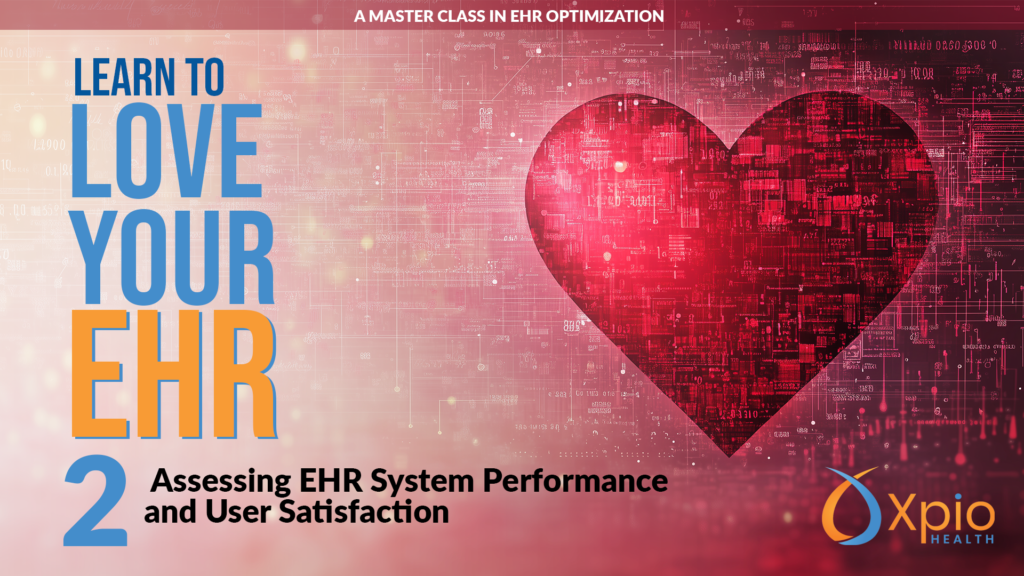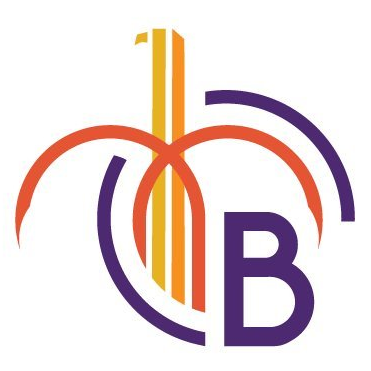
In Part 2 of our “Learn to Love Your EHR” webinar series, we dug deep into the assessment phase of optimization. This session reveals why proper assessment is the cornerstone of EHR success. If you’re planning system improvements, struggling to measure performance, or seeking user buy-in, this detailed guide to assessment will help you build a solid foundation for lasting optimization results.
In the journey to optimize your behavioral health EHR system, the assessment phase is where success begins – or stumbles. This critical first step determines which improvements will deliver the most value for your organization and creates the roadmap for meaningful change. Yet many organizations rush through assessment, eager to implement changes before fully understanding their needs.
The reality is that many behavioral health organizations have already recognized the need to optimize their EHR systems. You may be operating with a system implemented years ago, with workflows that no longer align with your current operations. But before diving into changes, a methodical assessment process will ensure your optimization efforts target the right problems and deliver lasting results.
As explored in the second edition of our recent “Learn to Love Your EHR” webinar series, the assessment phase is often the key differentiator between transformative success and modest improvements. Let’s dive into the essential elements of this critical phase.
Check out our Deep Dive into this topic.
The Strategic Value of the Assessment Phase
When behavioral health organizations struggle with their EHR systems, the impact ripples through every aspect of care delivery. Clinicians spend excessive time on documentation, administrators struggle with reporting, and ultimately, patient care can suffer. A comprehensive assessment is about understanding how your EHR system supports or hinders your organization’s mission to provide exceptional care.
Consider the real cost of an underperforming EHR system: clinicians spending an extra hour each day on documentation translates to hundreds of hours annually that could have been spent with patients. For a mid-sized behavioral health organization, this can mean thousands of missed opportunities for therapeutic interactions, delayed treatments, or rushed sessions as providers struggle to stay on schedule. Beyond the immediate impact on care delivery, these inefficiencies often lead to staff burnout, increased turnover, and substantial financial drain through overtime costs and decreased productivity. A thorough assessment helps quantify these hidden costs and builds a compelling case for optimization that resonates with both clinical and administrative stakeholders.
Essential Steps to EHR Assessment Success
1. Define Clear Objectives
Picture walking into a staff meeting and hearing recurring themes: clinicians mentioning they’re staying late to complete notes, administrators struggling to pull required reports, or IT staff constantly putting out fires. These real-world challenges should shape your optimization objectives. Start by gathering these pain points and translating them into clear, measurable goals.
For instance, if clinicians consistently work overtime on documentation, your objective might be to reduce documentation time by 25%. If your compliance team struggles with audit preparation, you might target streamlining reporting processes. These specific, measurable objectives ensure your optimization efforts address real needs rather than assumed problems.
2. Measure Current Performance
Think of this step as creating a baseline “health check” for your EHR system. Just as you wouldn’t treat a patient without first understanding their vital signs, you can’t optimize an EHR system without knowing its current performance metrics.
Start by measuring system uptime. How often is your EHR actually available when staff need it? Track response times for common tasks like loading patient records or submitting notes. Document error rates in data entry and reporting. These metrics provide concrete evidence of where your system excels or falls short, helping you make data-driven decisions about where to focus optimization efforts.
3. Capture Authentic User Insights
Your staff members are the real experts in how your EHR system performs in the trenches. A therapist might have developed efficient workarounds for documentation that could benefit others. An intake coordinator might have insights about how the system could better support initial assessments.
Conduct focused surveys that ask specific questions about daily workflows. Hold small group discussions where staff can share their experiences freely. Observe how different roles interact with the system during their regular workday. This combination of feedback methods provides a comprehensive view of how your EHR system actually functions in real-world scenarios.
4. Conduct Comprehensive Analysis
This is where the science of data meets the art of interpretation. Imagine creating a heat map of your EHR system’s pain points – where do the issues cluster? Which problems create the most significant ripple effects?
For example, if your analysis reveals that slow system response times during peak hours correlate with increased documentation errors and staff overtime, you’ve identified a critical optimization target. Look for patterns that connect technical issues with operational impacts and user frustrations. This holistic analysis helps ensure that your optimization efforts address root causes rather than just symptoms.
5. Create Action Priorities
Not all improvements carry equal weight. Consider a triage approach similar to how you assess patient needs. Which issues, if resolved, would immediately improve patient care quality? Which would significantly reduce staff frustration? Which align with regulatory requirements?
Create a prioritized list that balances quick wins with longer-term strategic improvements. For instance, optimizing frequently used templates might be a high-priority quick win, while implementing advanced analytics capabilities might be a valuable but longer-term goal.
6. Build Your Optimization Roadmap
Your roadmap is the strategic document that transforms insights into action. Think of it as your treatment plan for EHR optimization. It should clearly outline what needs to be done, when it needs to happen, and what resources are required.
Include specific milestones and success metrics. For example, if you’re optimizing clinical documentation workflows, your roadmap might include phases for template redesign, user training, and post-implementation support, with specific timelines and responsibility assignments for each phase.
Maintaining Momentum
Optimization isn’t a one-time project – it’s an ongoing commitment to excellence. Just as behavioral health treatment plans evolve with patient needs, your EHR system should continuously adapt to changing organizational requirements and healthcare advances. Through years of guiding behavioral health organizations through EHR optimization projects, Xpio Health has consistently found that a thorough assessment phase is the key differentiator between transformative success and modest improvements.
Is your organization ready to maximize the value of your EHR investment? Contact us today for a complimentary consultation to explore how we can help transform your EHR system into a powerful asset for your organization.
#PeopleFirst #XpioHealth #BehavioralHealth #HealthIT #EHROptimization




